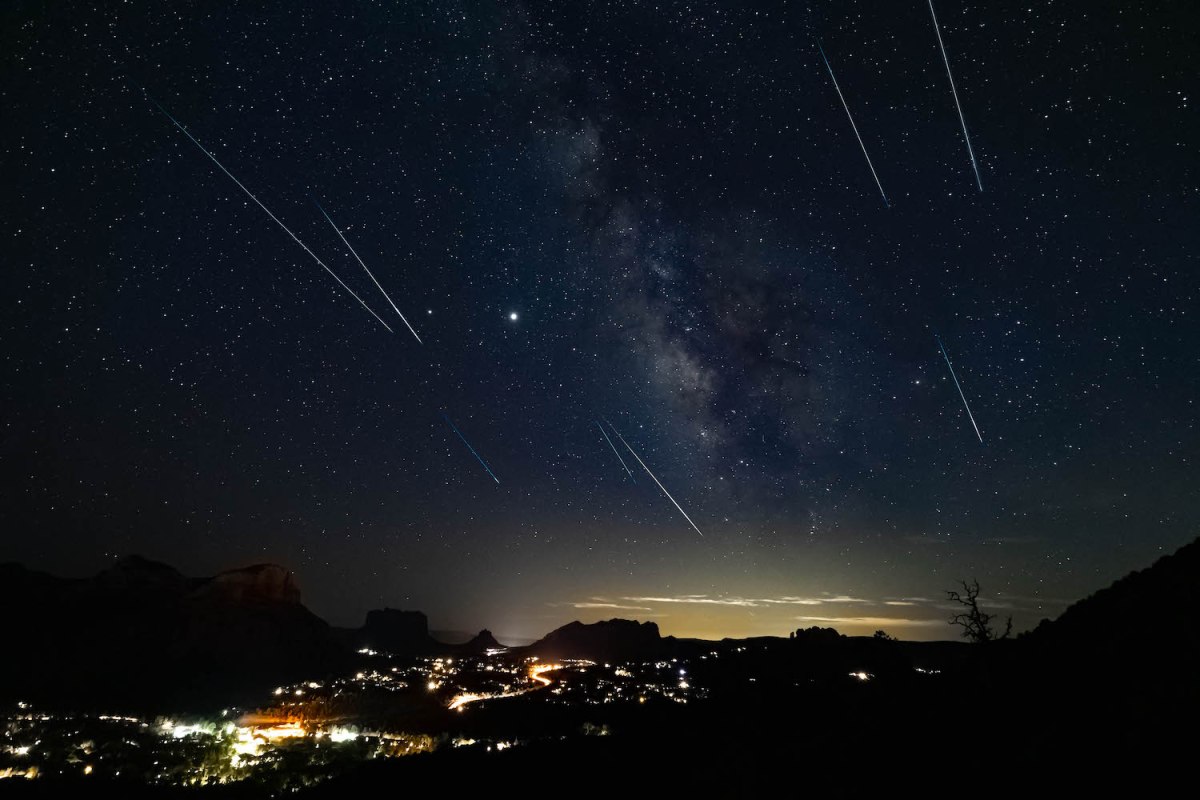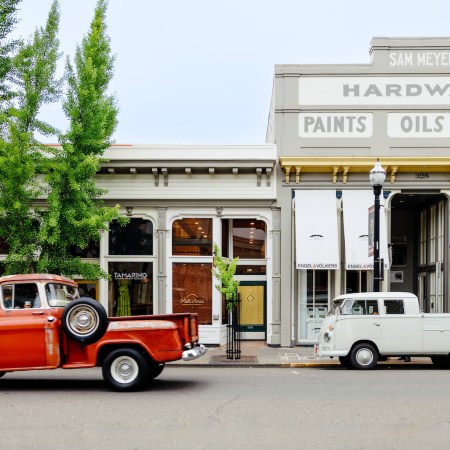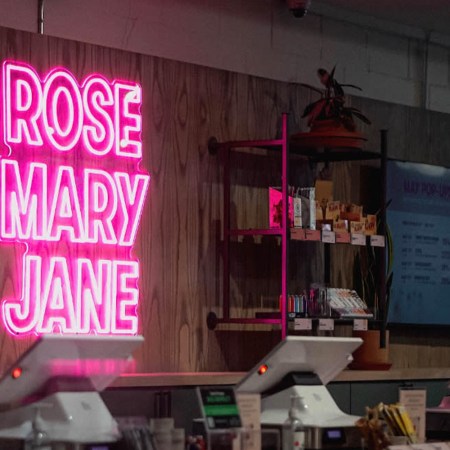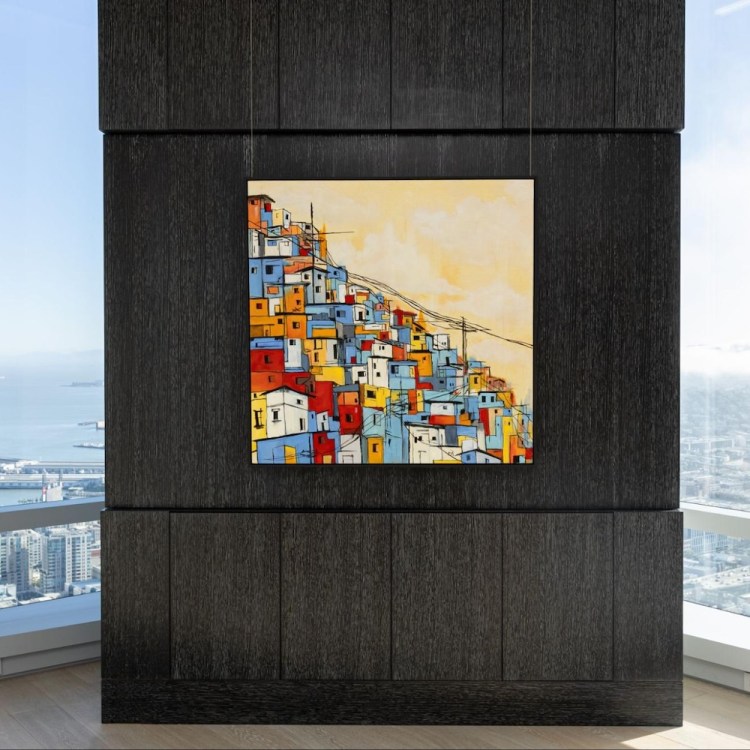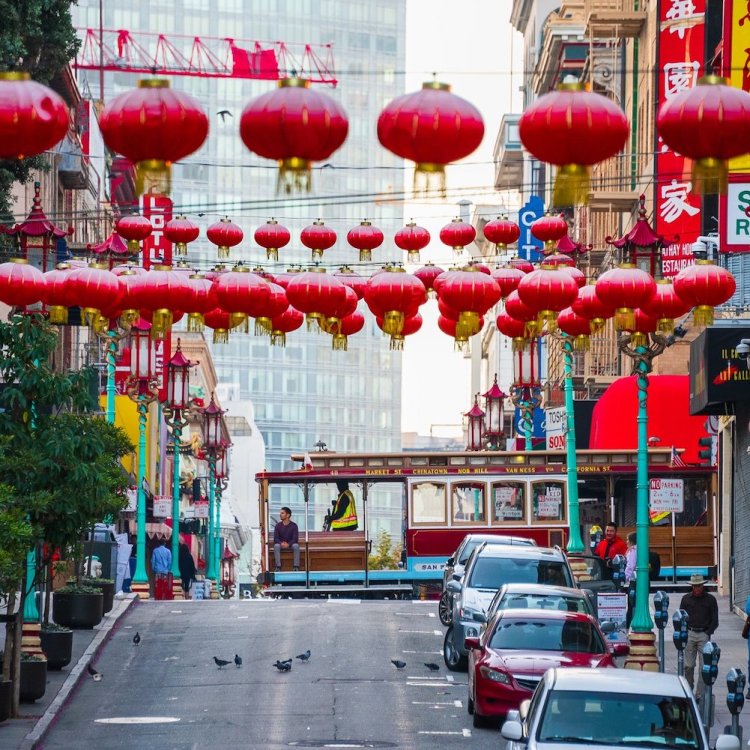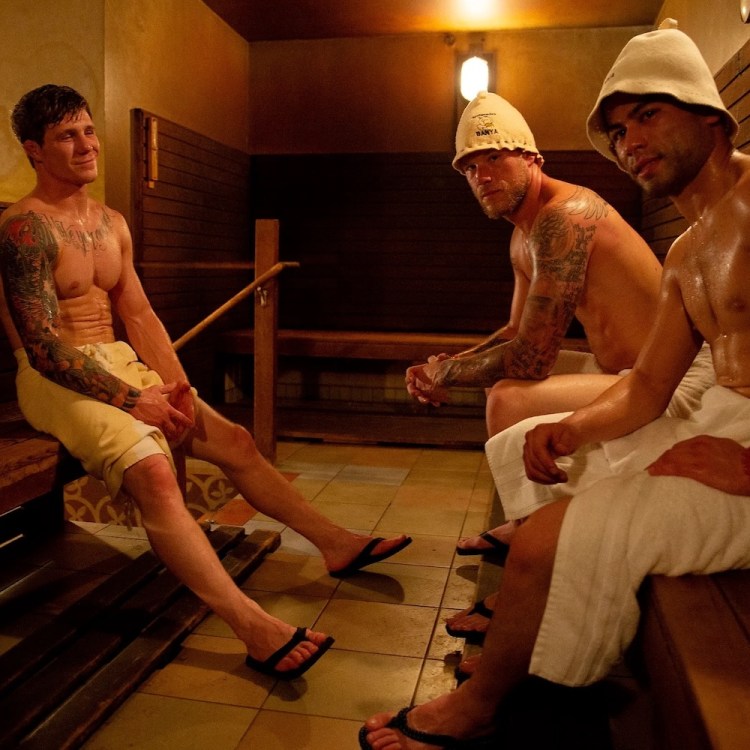It’s hard to beat the exhilaration of watching the Perseid meteor shower. From July 14 to September 1, these little bits of matter flash through the sky — and the show will peak this weekend. On the night of August 12, when the moon is a waxing crescent, you may see up to 50 to 70 showers per hour, if you’re lucky and if the weather cooperates.
Though you can see the brightest Perseids from pretty much anywhere, the vast majority get lost in city lights. We’ve pinpointed five dark-sky locations an hour or two away from Bay Area light pollution but close enough that you don’t have to spend the night. Just gas (or charge) up the car and hit the road for a trip into space.
Fremont Peak Observatory (FPOA)
Drive 90 minutes from San Jose, and you’re a world away from civilization. The non-profit observatory is famous for “dark cloud nights” in summer — as fog engulfs the city lights 2,800 feet below, the mountain peak is left in near total darkness. Volunteer astronomers will welcome visitors on August 12 for free star talks and sky gazing until midnight. The 30-inch Challenger Telescope will be on hand, along with many sophisticated amateur telescopes, though you probably won’t need them to see the meteors at such a spectacular location.
Consider arriving early to take in the sunset. Twilight draws out a variety of wildlife, including deer, rabbits and foxes — you might even see the elusive green flash if the fog line is gone and the horizon is clear.
Henry W. Coe State Park
Another spot favored by astronomers, Henry W. Coe State Park is a hidden treasure far away from light pollution. A twisty 30-minute drive from the Silicon Valley suburb of Morgan Hill puts you in the forested bluffs of the Diablo Range. The largest state park in northern California is home to the remnants of a working ranch left over from the Spanish-Mexican land grants. For optimal meteor viewing, drive to the Coe Ranch entrance at 9000 E. Dunn Ave. and park in lots scattered around the historic buildings (try the Hunting Hollow Lot and the Main Overflow Lot).
Coe Ranch is open 24/7, but parking is $8 on the honor system at an iron ranger. The area has bathrooms and drinking fountains but little else to distract serious stargazers from the night sky.
How to Spend a Weekend Eating, Floating and Lazing on the Russian River
Where to stay and what to do in Northern California’s favorite summer spotLick Observatory
On peak nights of the Perseids, it’ll be jam-packed at Lick Observatory, located high above Silicon Valley and just an hour east of San Jose at the summit of Mount Hamilton. On August 11 and 12, the University of California-owned observatory will host celestial lectures by UC astronomers and professors, telescope access, star gazing and meteor viewing. On the evening of August 12, Lick will also throw music into the mix, bringing the bluegrass of finger-picking guitar trio The Quitters to the mountain. Tickets run $25 to $55 and must be purchased in advance.
The world’s first permanently occupied mountain-top observatory was built in 1888, and the buildings alone are a sight to behold. Arrive early to explore the beautiful grounds, with gardens and sunset views that won’t quit.
Bodega Bay
What would a list of meteor viewing spots be without a beach location? Bundle up and head to Portuguese Beach at Bodega Bay, about an hour and a half north of San Francisco, for an ideal setting. The main parking lot is set on a cliff overlooking this secluded, dog-friendly beach and provides a grassy spot to set up chairs. Bodega Head, a rugged promontory nearby, is another popular perch.
Make a day out of it and tour UC Davis’s nearby Marine Lab for free on August 11, where you’ll learn about local biodiversity and meet a variety of sea creatures.
Lake Sonoma
Lake Sonoma in Geyserville is an under-the-radar hangout for local astronomers. Magnificent oak trees are the backdrop as you wind through undulating coastal foothills to The Overlook. The giant wooden and concrete “treehouse” perched above the lake boasts two levels of open viewing decks. To get there, head up the road about two miles past the Visitor’s Center, make a left on Skaggs Springs Rd., then take the first right and look for signs.
This is no-frills meteor viewing, so your best bet is to bring folding chairs, blankets, water and snacks (there’s a bathroom in the parking lot). Continue to Rockpile Road for two more primo viewing spots at the parking lots for Lone Rock and Group Site E of the Liberty Glen Campground.
This article was featured in the InsideHook SF newsletter. Sign up now for more from the Bay Area.
